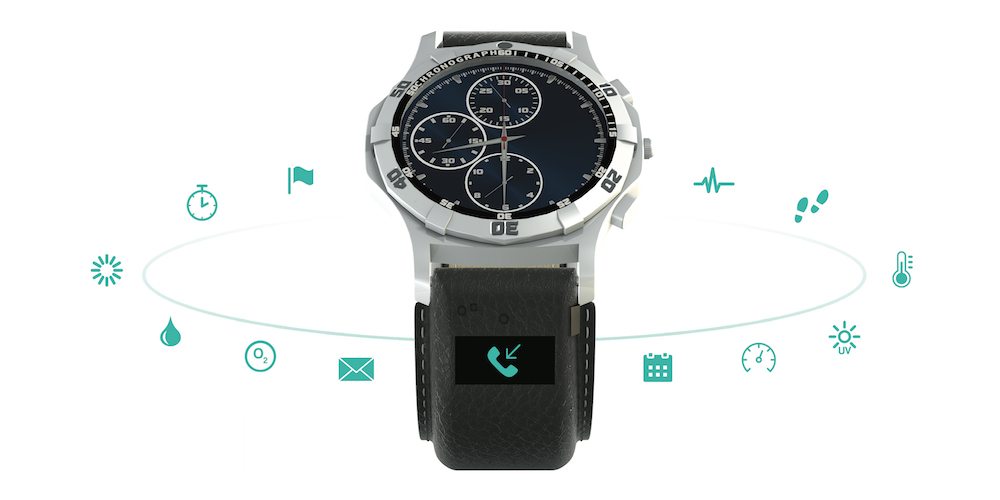Running has been a significant part of my exercise regimen over the last three years. I’m also a geek and love my gadgets, so it was only natural that I would look for running gadgets to track my pace, time and distance. Today I put the Nike+ and the Garmin Forerunner in a head-to-head competition.
I’ve written before about five tools to get a geek running and more tools for getting a geek running. In those posts I mentioned my Nike+ and have used it since obsessing over it when I first read the June 2009 Wired article. As I started hanging out with more and more runners, I noticed Garmin Forerunners seemed to be the gadget of choice, and so this past Christmas I got the Garmin Forerunner 305 and have entered running stats heaven. It was then that I came up with the idea of running with both devices.
My testing method went like this:
- Walk around to activate the Nike+ sensor attached to my shoe and navigate through the menus on my iPod to get ready to press the center button to begin my work-out.
- Let the Garmin sync up with the satellites.
- Attempt to press the start button on both devices at the same time.
- Go for a run!
- Attempt to press the stop buttons on both devices at the same time.
Now, there were a second or two difference in the steps 3 and 5 because of operator error; I didn’t always get the buttons pressed at exactly the same time.
What were the results?
Time tracking: just keeping track of the total amount of time I was running. The Nike+ averaged tracking a total time of 12 seconds less than the Garmin with a standard deviation of 5.1. Sometimes the Nike+ would only be off by 7 seconds and one time it was off by 19 seconds (example: the Garmin said I ran for 26 minutes and 4 seconds while on the same run the Nike+ had me running 25 minutes and 57 seconds). I have not run with a third timing device to see which of the two gadgets is off.
Distance: measuring how far I ran. The Nike+ over-estimated the distances I ran until I re-calibrated the Nike+ sensor … then the Nike+ under-estimated the distance. On average, the Nike+ underestimated the distance by 0.05 miles with a standard deviation of 0.139. My assumption is that a GPS device is going to be the more accurate in measuring actual distance.
Pace: how fast per mile did I run? Because pace is the distance over time, these numbers will also be different, but surprisingly not as different as I would have thought. My average pace on the Garmin is 9:03/mi while on the Nike+ it is 9:07. Not a huge difference for the casual runner, but it could be significant for competitive runners … (and yeah, I’m a slow runner).
So where do these devices fall?
- If you’re after price, go with the Nike+. Now, regularly re-calibrating the sensor is a must to help increase accuracy in the distance area.
- If you’re after accuracy in the distance you run, go with the Garmin Forerunner (as long as you’re running outside).
- If you are a total stats geek, go with the Garmin.
- If you like a pleasant voice in your ear telling you things like “half-way point” and “two miles completed”, go with the Nike+.
The better test would be the Garmin Forerunner against the Nike+ SportsWatch as they both have GPS.
Bottom line for me: I’ll keep using both. I’ll use the Garmin for my outdoor running and I’ll use the Nike+ for my indoor/dreadmill running (and no, “dreadmill” is not a typo).




